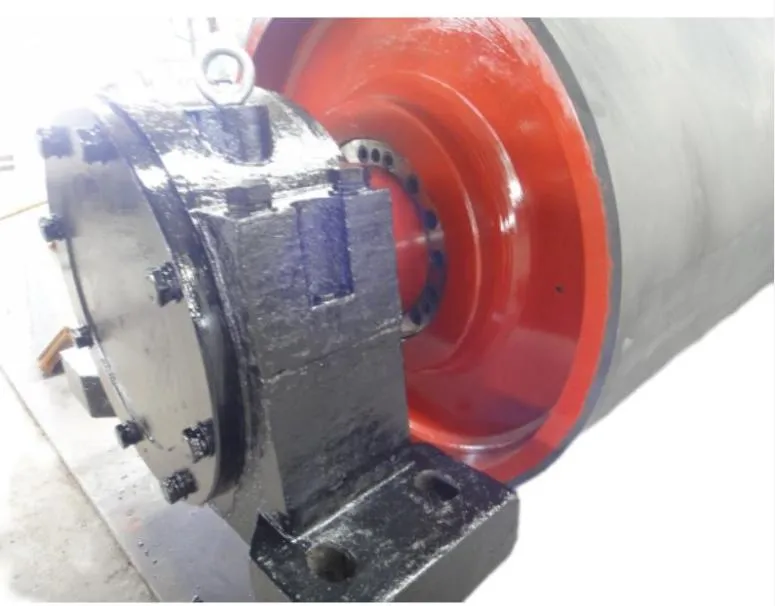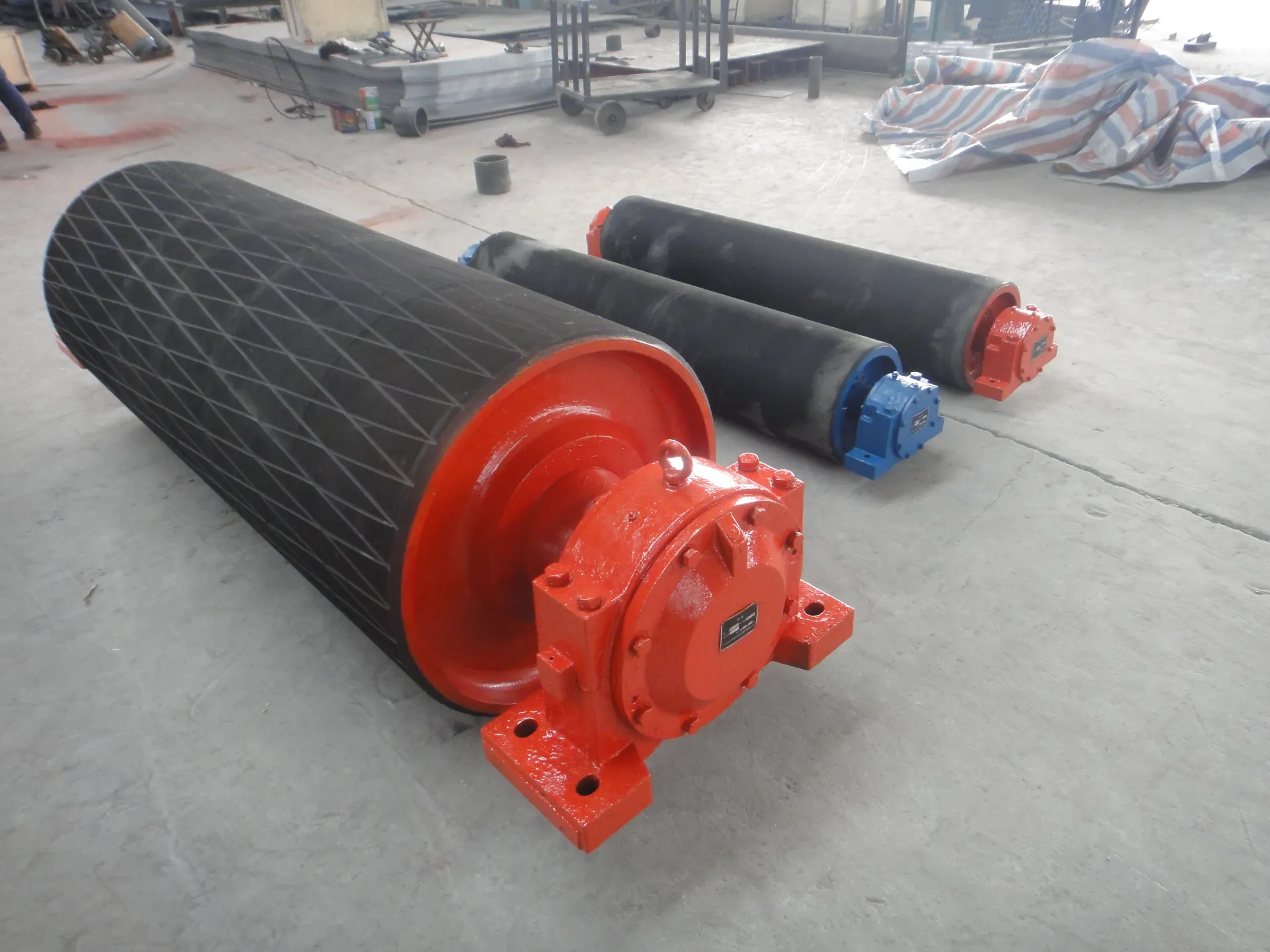 Afrikaans
Afrikaans  Albanian
Albanian  Amharic
Amharic  Arabic
Arabic  Armenian
Armenian  Azerbaijani
Azerbaijani  Basque
Basque  Belarusian
Belarusian  Bengali
Bengali  Bosnian
Bosnian  Bulgarian
Bulgarian  Catalan
Catalan  Cebuano
Cebuano  Corsican
Corsican  Croatian
Croatian  Czech
Czech  Danish
Danish  Dutch
Dutch  English
English  Esperanto
Esperanto  Estonian
Estonian  Finnish
Finnish  French
French  Frisian
Frisian  Galician
Galician  Georgian
Georgian  German
German  Greek
Greek  Gujarati
Gujarati  Haitian Creole
Haitian Creole  hausa
hausa  hawaiian
hawaiian  Hebrew
Hebrew  Hindi
Hindi  Miao
Miao  Hungarian
Hungarian  Icelandic
Icelandic  igbo
igbo  Indonesian
Indonesian  irish
irish  Italian
Italian  Japanese
Japanese  Javanese
Javanese  Kannada
Kannada  kazakh
kazakh  Khmer
Khmer  Rwandese
Rwandese  Korean
Korean  Kurdish
Kurdish  Kyrgyz
Kyrgyz  Lao
Lao  Latin
Latin  Latvian
Latvian  Lithuanian
Lithuanian  Luxembourgish
Luxembourgish  Macedonian
Macedonian  Malgashi
Malgashi  Malay
Malay  Malayalam
Malayalam  Maltese
Maltese  Maori
Maori  Marathi
Marathi  Mongolian
Mongolian  Myanmar
Myanmar  Nepali
Nepali  Norwegian
Norwegian  Norwegian
Norwegian  Occitan
Occitan  Pashto
Pashto  Persian
Persian  Polish
Polish  Portuguese
Portuguese  Punjabi
Punjabi  Romanian
Romanian  Russian
Russian  Samoan
Samoan  Scottish Gaelic
Scottish Gaelic  Serbian
Serbian  Sesotho
Sesotho  Shona
Shona  Sindhi
Sindhi  Sinhala
Sinhala  Slovak
Slovak  Slovenian
Slovenian  Somali
Somali  Spanish
Spanish  Sundanese
Sundanese  Swahili
Swahili  Swedish
Swedish  Tagalog
Tagalog  Tajik
Tajik  Tamil
Tamil  Tatar
Tatar  Telugu
Telugu  Thai
Thai  Turkish
Turkish  Turkmen
Turkmen  Ukrainian
Ukrainian  Urdu
Urdu  Uighur
Uighur  Uzbek
Uzbek  Vietnamese
Vietnamese  Welsh
Welsh  Bantu
Bantu  Yiddish
Yiddish  Yoruba
Yoruba  Zulu
Zulu Jan . 19, 2025 01:23
Back to list
bend pulley and snub pulley
Bend pulleys and snub pulleys are essential components in the realm of conveyor systems, widely used in industries ranging from mining to manufacturing. Understanding their functions and differentiating the nuances between them is crucial for industry professionals aiming to optimize their material handling processes.
In terms of materials, choosing the correct type of bend or snub pulley is also essential. Stainless steel and high-grade aluminum are often preferred for their durability and corrosion resistance. In environments characterized by abrasive materials or extreme temperatures, material choices may vary to include specially coated pulleys that resist wear and prolong lifespan. The expertise behind selecting and maintaining these pulleys should not be underestimated. Technicians and engineers should be trained to understand tensioning, alignment, and the specific operational conditions of their conveyor systems. This skill set is indispensable for preemptive maintenance and operational troubleshooting, ensuring that these systems are not only functional but also optimized for performance. Regular monitoring and maintenance can foresee and rectify potential issues in a pulley system. Utilizing advanced sensors and IoT technology can provide real-time data on pulley alignment, temperature, and wear, offering a proactive approach to system maintenance. Such innovations are stepping-stones toward smarter, more efficient manufacturing ecosystems. Moreover, an understanding of the different pulley applications empowers decision-makers to tailor their systems according to specific operational needs, leading to higher throughput and reduced operational bottlenecks. It also enables more informed conversations with suppliers and service providers, ensuring that engineering support is effectively matched to system demands. To wrap up, both bend and snub pulleys play pivotal roles in the operational success of conveyor systems. As industry experts continue to explore more efficient ways of managing material handling systems, the focus should remain sharply on the precision and maintenance of these often-overlooked components. With proper selection, installation, and maintenance, organizations can significantly enhance their conveyor operations, leading to tangible improvements in overall efficiency, cost management, and system reliability.


In terms of materials, choosing the correct type of bend or snub pulley is also essential. Stainless steel and high-grade aluminum are often preferred for their durability and corrosion resistance. In environments characterized by abrasive materials or extreme temperatures, material choices may vary to include specially coated pulleys that resist wear and prolong lifespan. The expertise behind selecting and maintaining these pulleys should not be underestimated. Technicians and engineers should be trained to understand tensioning, alignment, and the specific operational conditions of their conveyor systems. This skill set is indispensable for preemptive maintenance and operational troubleshooting, ensuring that these systems are not only functional but also optimized for performance. Regular monitoring and maintenance can foresee and rectify potential issues in a pulley system. Utilizing advanced sensors and IoT technology can provide real-time data on pulley alignment, temperature, and wear, offering a proactive approach to system maintenance. Such innovations are stepping-stones toward smarter, more efficient manufacturing ecosystems. Moreover, an understanding of the different pulley applications empowers decision-makers to tailor their systems according to specific operational needs, leading to higher throughput and reduced operational bottlenecks. It also enables more informed conversations with suppliers and service providers, ensuring that engineering support is effectively matched to system demands. To wrap up, both bend and snub pulleys play pivotal roles in the operational success of conveyor systems. As industry experts continue to explore more efficient ways of managing material handling systems, the focus should remain sharply on the precision and maintenance of these often-overlooked components. With proper selection, installation, and maintenance, organizations can significantly enhance their conveyor operations, leading to tangible improvements in overall efficiency, cost management, and system reliability.
Latest news
-
Revolutionizing Conveyor Reliability with Advanced Rubber Lagging PulleysNewsJul.22,2025
-
Powering Precision and Durability with Expert Manufacturers of Conveyor ComponentsNewsJul.22,2025
-
Optimizing Conveyor Systems with Advanced Conveyor AccessoriesNewsJul.22,2025
-
Maximize Conveyor Efficiency with Quality Conveyor Idler PulleysNewsJul.22,2025
-
Future-Proof Your Conveyor System with High-Performance Polyurethane RollerNewsJul.22,2025
-
Driving Efficiency Forward with Quality Idlers and RollersNewsJul.22,2025
OUR PRODUCTS





























